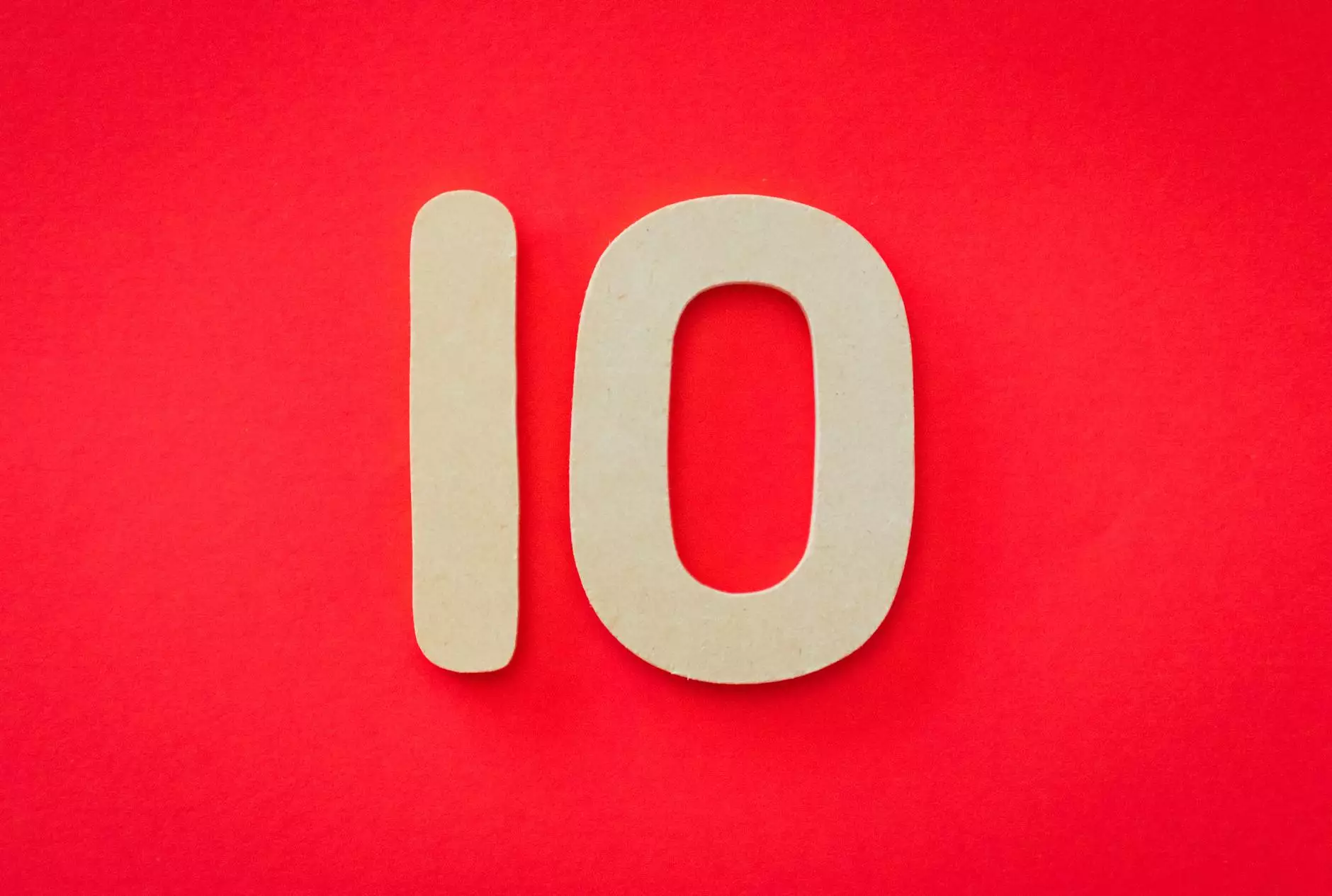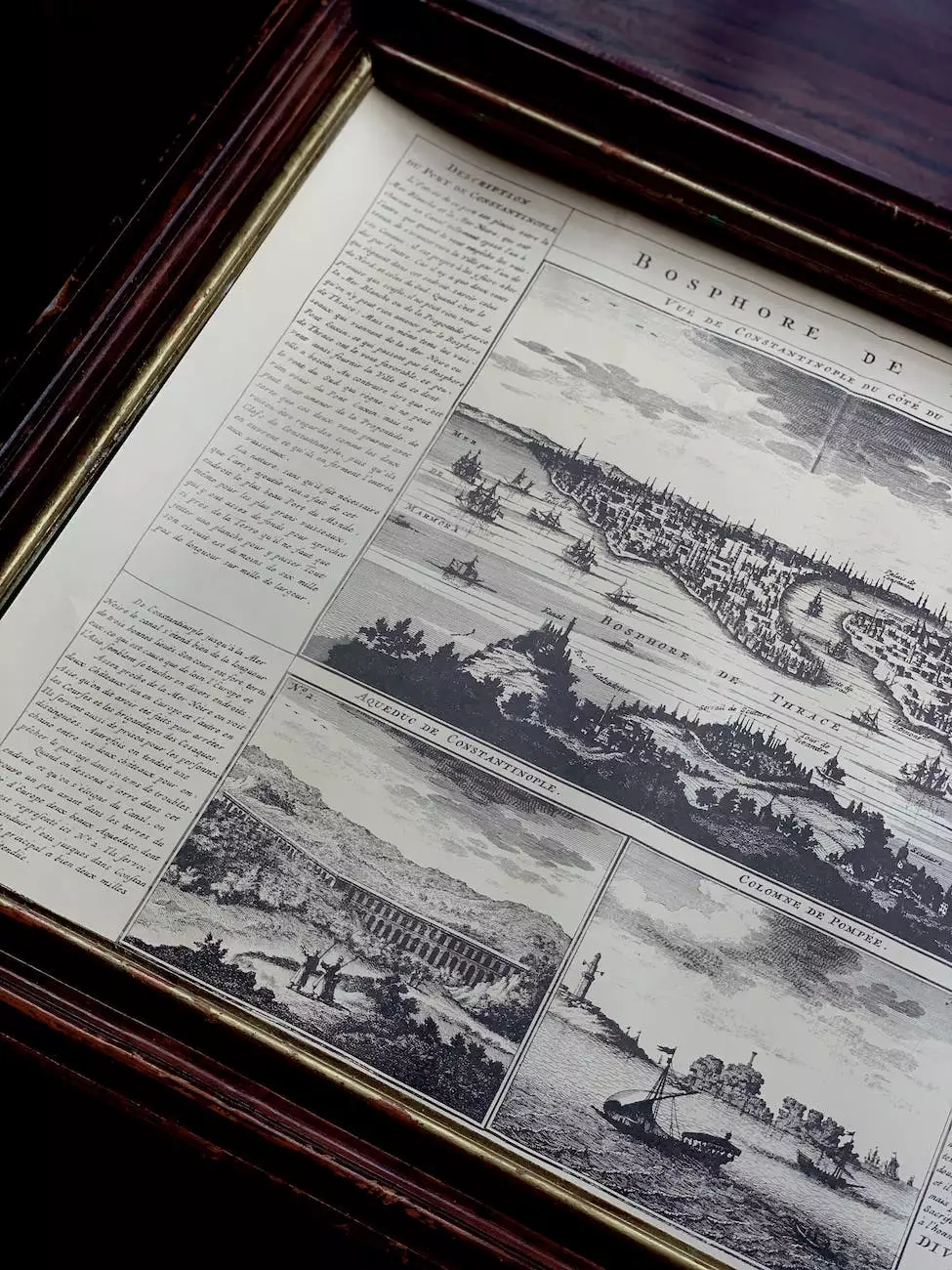318 – Much Too & Too Much – Grammar Lesson
English Grammar Lessons
Welcome to NJCLT's comprehensive grammar lesson on the proper usage of "much too" and "too much". In this detailed guide, we will delve into the nuances of these expressions, providing you with a thorough understanding of their correct usage in the English language.
Understanding "Much Too"
When it comes to expressing intensity or degree, the phrase "much too" plays a significant role. It is used to denote that something exceeds an acceptable or reasonable limit, enhancing the impact of the adjective or adverb it modifies. Let's explore a few examples:
- Far too cold: The temperature in the room was much too cold for anyone to comfortably stay.
- Too loud: The music at the party was much too loud, making it difficult to have a conversation.
- Very expensive: The restaurant charged much too high a price for such a simple dish.
Exploring "Too Much"
"Too much" is another expression that signifies exceeding a reasonable limit, but it focuses on the quantity or amount of something. It is often used with uncountable nouns and can be followed by a noun or an adjective. Consider the following examples to better grasp its usage:
- Excessive noise: There was too much noise in the busy marketplace, making it hard to concentrate.
- An abundance of food: Mary ate too much dessert at the party, leaving no room for the main course.
- Overwhelming workload: The employee felt overwhelmed with too much work on her plate.
The Difference Between "Much Too" and "Too Much"
While "much too" and "too much" convey a similar idea of exceeding a limit, there is a subtle difference in their usage. "Much too" focuses on the degree or intensity of a quality, while "too much" emphasizes the quantity or amount of something.
For instance, you would say "much too difficult" to emphasize that a task is excessively challenging. On the other hand, you would use "too much to handle" to convey that there is an overwhelming amount of tasks.
Practical Examples
Let's take a look at some practical examples to further solidify your understanding:
Example 1:
John enjoyed skiing, but the slopes were much too icy for safe skiing, so he decided to postpone his adventure until next week.
Example 2:
At the buffet, the selection of desserts was incredible, but Lisa knew that indulging in too much sugar would lead to an unpleasant sugar rush.
Example 3:
The novel was interesting, but the author's use of complex vocabulary made it much too challenging for the average reader to comprehend.
Mastering Proper Usage
Now that you have a solid understanding of the difference between "much too" and "too much", it's important to practice using them correctly in various contexts. Remember to consider the intent of your message and choose the appropriate expression accordingly.
By using "much too" and "too much" effectively, you can convey your thoughts with precision and enhance your overall communication skills in English.
Thank you for choosing NJCLT as your go-to resource for comprehensive grammar lessons. We hope this guide has been helpful in clarifying the proper usage of "much too" and "too much". Keep practicing and refining your language skills, and soon you'll be a master of English grammar!










